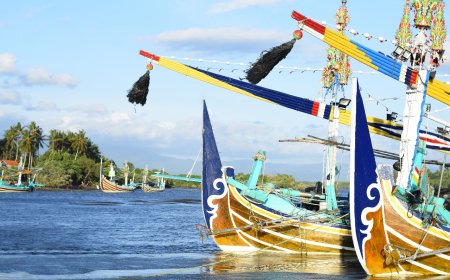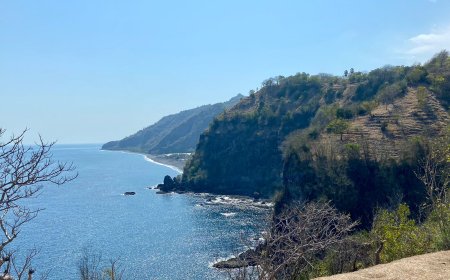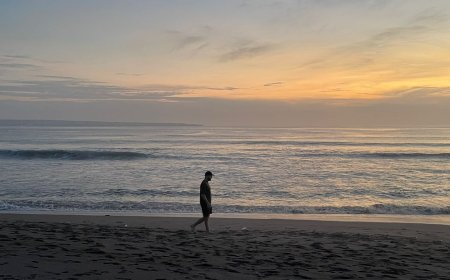The History of Tegalalang Rice Terrace : From Bali's Agriculture to a Sustainable Tourism Destination
Tegalalang Rice Terrace, hidden in the region of Tegalalang Village, Bali, is a masterpiece of nature that captivates not only with its beauty but also narrates a series of events that shaped it into a captivating and meaningful destination. From its origins as part of the Rice Terrace agricultural system in the 8th century AD to becoming a tourism magnet in the 20th century, Tegalalang bears witness to a long journey involving innovation, collaboration, and a harmonious blend of human and natural elements. In this article, we will reflect on a narrative that unveils the charm and extraordinary history that adorns every inch of these terraced fields.
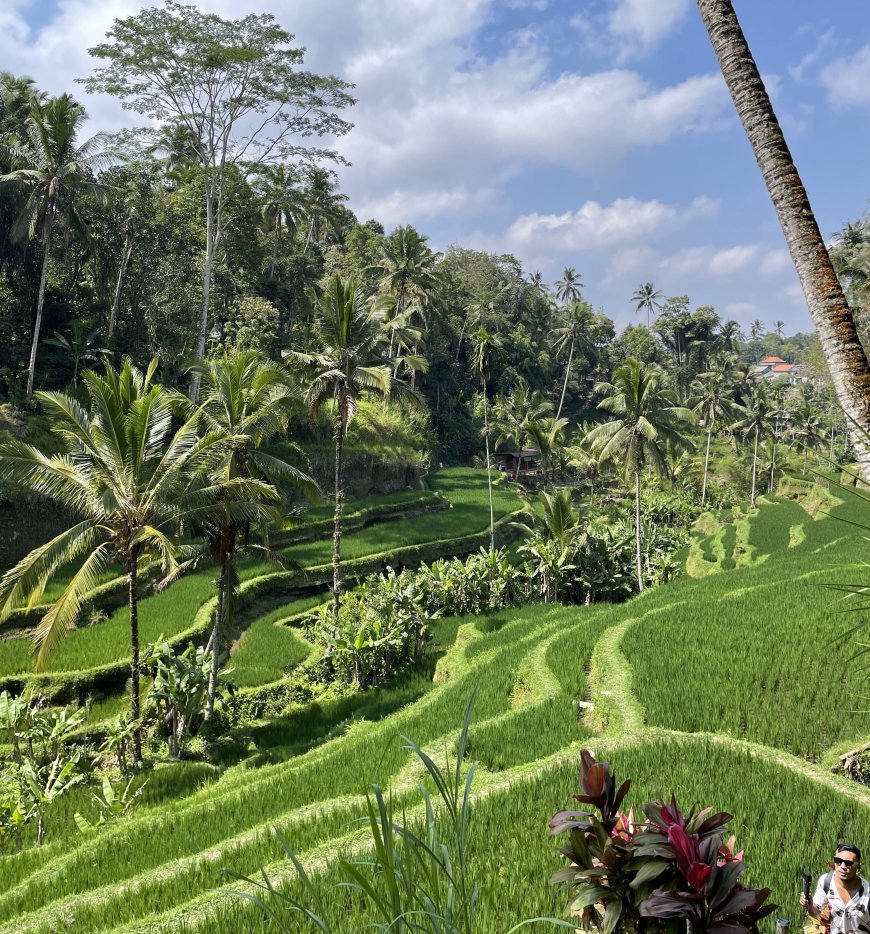
Tegalalang Rice Terrace, located in the center of Tegalalang Village, Gianyar, Gianyar Regency, is a natural wonder on the island of Bali. Its stunning natural beauty not only provides a captivating view, but also stores a long and rich history. Involving struggle, innovation, and cultural heritage, Tegalalang is not just a tourist destination, but also a silent witness to the long journey that has shaped it.
Tegalalang Rice Terrace has deep roots in the history of Balinese agriculture. Most agriculture in Bali began in the 8th century AD, when the subak system was introduced by Subak farmers, a traditional agricultural organization. Tegalalang became part of this subak network, and terraced rice fields began to be formed to manage the complex irrigation system. The Subak community made the terraced rice fields a result of collaboration and harmony between humans, nature, and spiritual spirits. The role of Subak is not only reflected in the agricultural and environmental aspects, but also in the social and cultural aspects. Subak forms the foundation of local community life by strengthening solidarity and a sense of shared responsibility. Through Subak, values such as mutual cooperation and togetherness are applied in the management of terraced rice fields. The development of Tegalalang was not only driven by effective agricultural policies, but also by the power of collaboration between communities, creating harmony that reflects the true spirit of Bali.
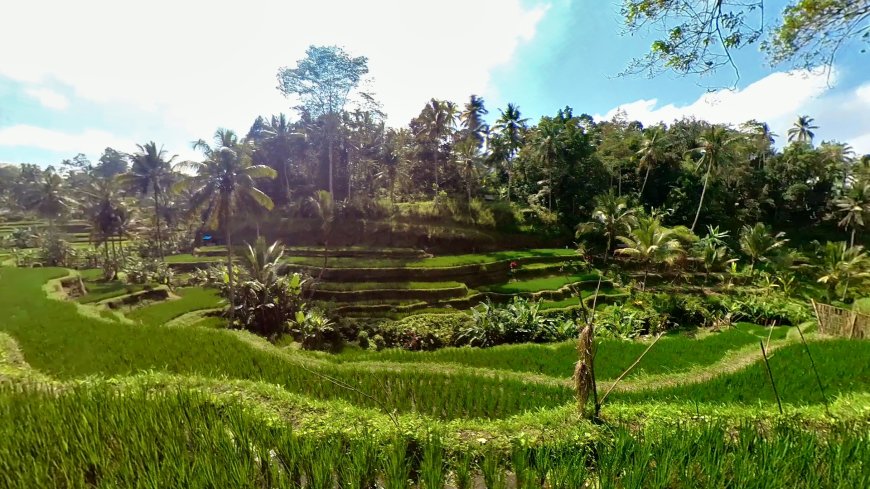
View of Rice Fields in Subak Tegalalang (Photo Source: Private Collection)
Agricultural innovation in Bali has not only focused on Subak irrigation technology, but also includes smart planting patterns and the use of superior plant varieties. Farmers in Tegalalang continue to develop organic farming methods to preserve the environment. They implement crop rotation systems and the use of organic fertilizers to maintain the balance of the ecosystem. A holistic approach to agriculture ensures the sustainability and productivity of the land, providing an example of local wisdom in caring for the earth. In the 20th century, Tegalalang began to gain attention as a tourist destination. The stunning beauty of the terraced rice fields attracted the attention of local and international tourists. Tourism became an important driver of local economic development. However, the growth of tourism also raised challenges related to environmental conservation and the sustainability of traditional agriculture. Over time, Tegalalang became an important tourism center, attracting thousands of visitors each year. In an effort to strike a balance between tourism and environmental conservation, the local community worked together to develop policies that support sustainability. Environmental education and awareness programs were introduced to involve visitors in the effort to conserve the environment in a sustainable way.
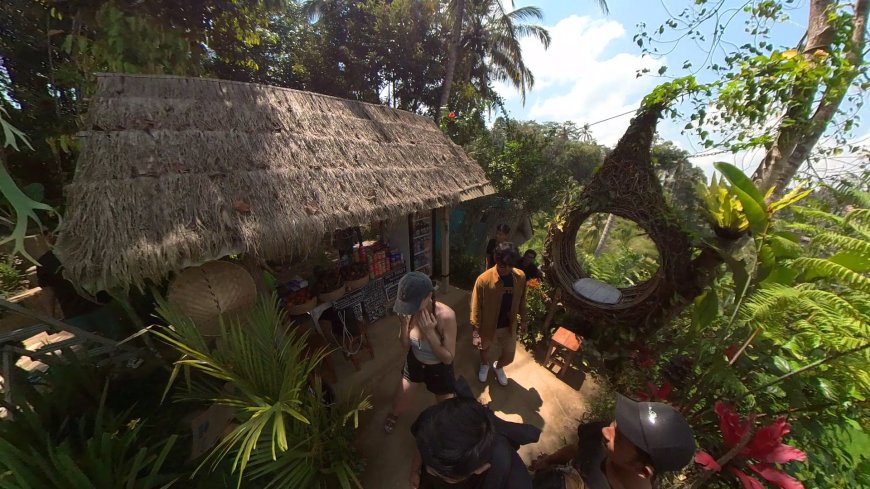
Stalls and Photo Spots in Subak Tegalalang (Photo Source: Private Collection)
As tourism has developed, Tegalalang has undergone significant transformation. Improved infrastructure, increased accessibility, and evolving tourism services have made it easier for travelers to enjoy the natural beauty of Tegalalang. However, this growth has also had an impact on the environment and the lives of the local people. Some challenges such as land compaction, increased waste, and changes in traditional lifestyles have become a major concern. In response to these challenges, the local community together with the government and non-governmental organizations have launched various sustainability programs. This includes environmental rehabilitation programs, waste management, and environmental education for the community and tourists. The active involvement of the community in managing tourism has been key to preserving the natural beauty and cultural sustainability of Tegalalang.
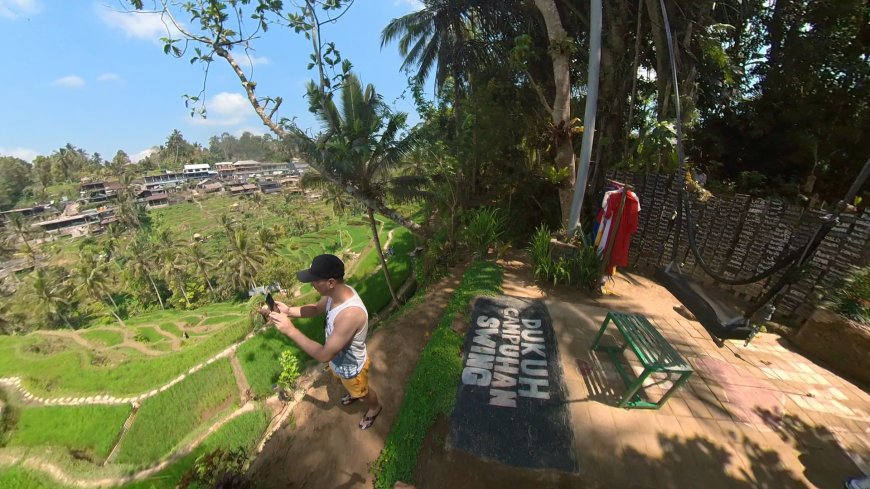
Dukuh Campuhan Swing Photo Spot (Photo Source: Private Collection)
The history of Tegalalang Rice Terrace is a story of a long journey that connects the past, present, and future. With deep roots in the Balinese agricultural tradition, Tegalalang is not just a tourist destination, but also a living cultural heritage. Through agricultural innovation, the Subak irrigation system, the development of tourism, and the latest conservation efforts, Tegalalang continues to grow while maintaining its natural beauty and sustainability. By reflecting on its history, we can better understand the values and meanings that are inherent in every stretch of terraced rice fields, enriching the experience of every visitor who comes and helping to ensure that Tegalalang remains a sustainable natural wonder for future generations.
For a more immersive virtual exploration of Tegalalang Rice Terrace, click the "Click Here To See More" button.









